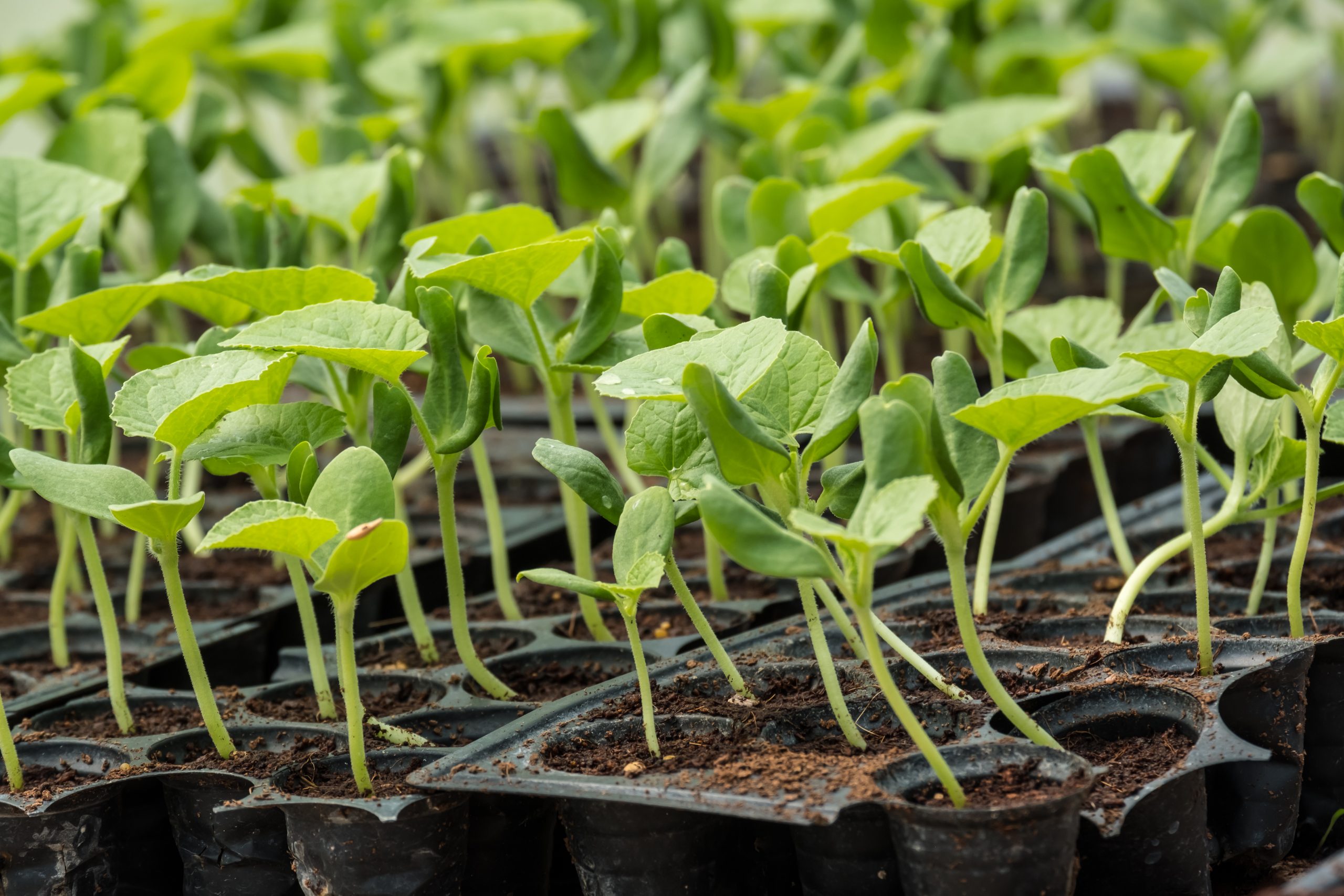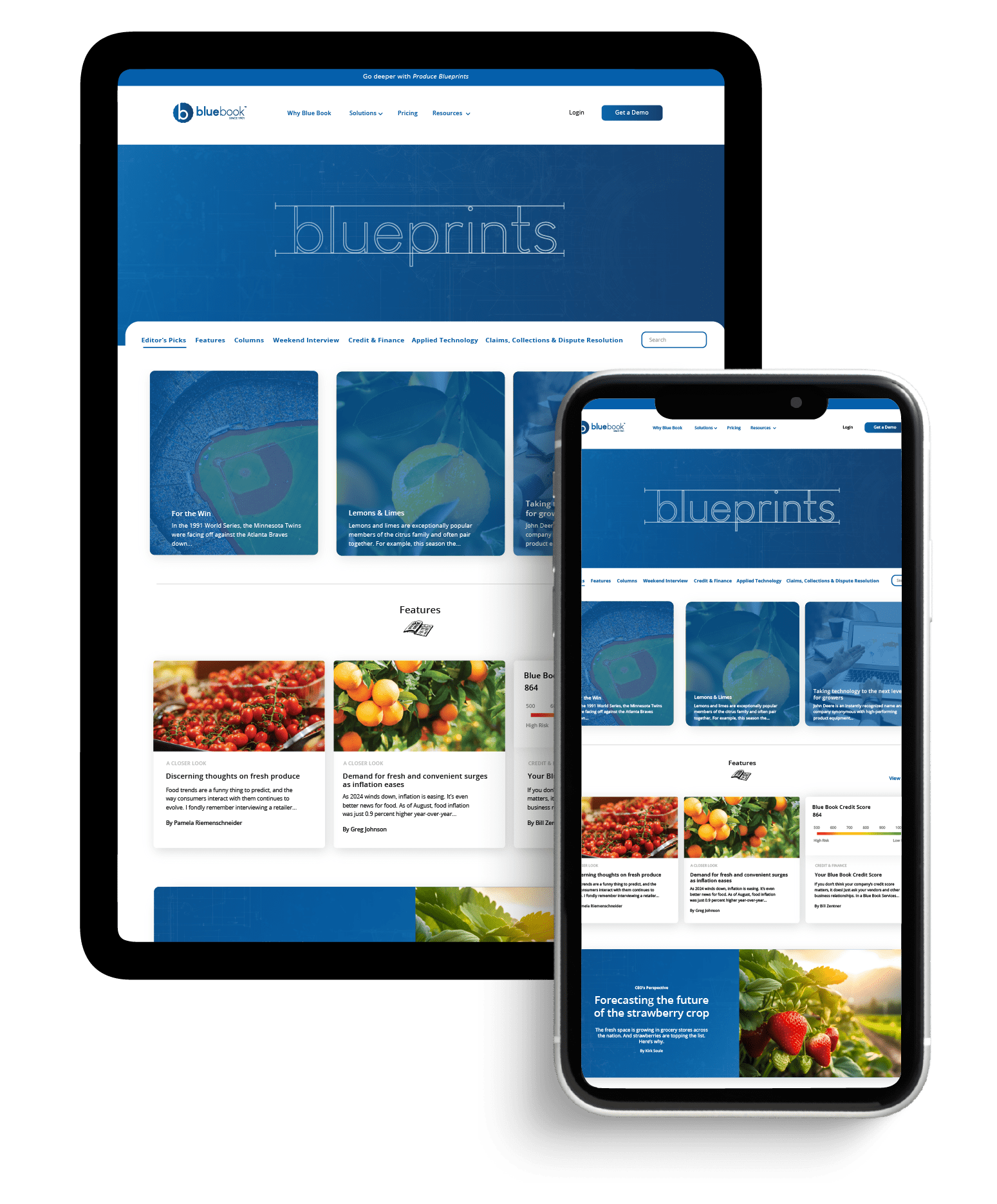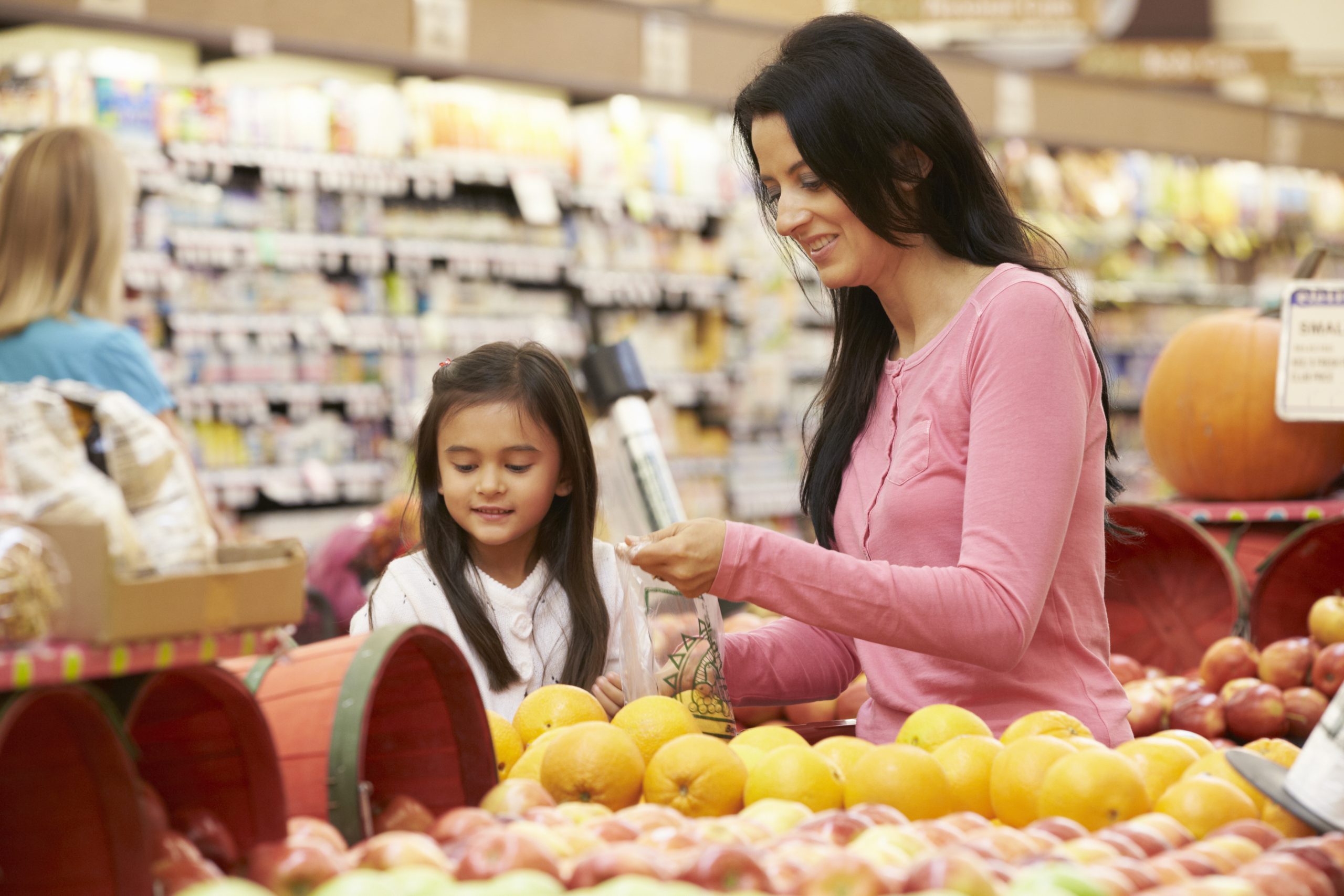Welcome to Blue Book!
Are you ready to join the thousands of companies who rely on Blue Book to drive smarter decisions? View our plans and get started today!
Still have questions? We’d love to show you what Blue Book can do for you. Drop us a line– we’ve been waiting for you.

In today’s rapidly advancing world, we’ve come to expect cutting-edge technologies coming from companies like Apple, Microsoft, and automotive engineers. These industries operate in a realm where innovation is paramount, driven by an endless cycle of design, development, and consumer feedback.
A similar pattern of innovation is occurring in an unheralded sector: the development of fruit and vegetable seeds. Just as tech companies strive for sleeker designs, better functionality, and improved user experience, produce seed developers are transforming the global food system where science, sustainability, and consumer demand intersect.
For decades, agriculture was rooted in traditional methods of breeding, selecting and crossbreeding plants to achieve desired traits. New technologies, including genomics, gene editing, and data analysis have opened the door to accelerated breeding techniques, resulting in faster development of seeds with precision traits.
Take the Honeycrisp apple: it wasn’t a lucky break this apple took the market by storm—it was the product of intentional, innovative seed development. Researchers at the University of Minnesota’s apple breeding program spent decades crossing varieties, selecting traits like crispness, juiciness, and flavor.
The result was an apple that not only captured the hearts of consumers but delivered improved resistance to disease and extended shelf life. A similar development is the Arctic apple, bred by Summerland, BC-based Okanagan Specialty Fruits Inc. to prevent browning and reduce food waste.
Consider tomatoes, once bred primarily for durability during transport, but now emphasizing flavor. It’s akin to a product redesign—balancing the need for resilience with a user-focused approach that delivers a superior eating experience. Another example is carrots: the perfect balance of sweetness and crunch is being created right now. These aren’t happy accidents, they’re the result of intentional seed development.
Behind the scenes of this evolution lies the influence of technology. Seed developers are using big data, machine learning, and CRISPR gene-editing tools to streamline and optimize processes. Scientists can now sequence the DNA of plants faster than ever, identifying the specific genes responsible for traits like drought tolerance, flavor, or pest resistance.
Companies like Bayer and Corteva are essentially the Apple and Microsoft of the agriculture world, investing millions to create the next generation of seeds. These advancements are not just about creating a better apple, tomato, or carrot; they’re crucial in addressing the global challenges of food security and climate change.
Drought-resistant corn or potatoes could play a major role in maintaining the food supply in water-scarce regions. These engineering solutions will extend beyond the produce aisle, affecting ecosystems and economies on a larger scale.
For chefs, seed development is about more than just creating heartier plants; it’s about unlocking the full potential of flavor—looking to a future where chefs, growers, and seed developers work together to create entirely new varieties of produce. This is where seed development is heading, and as a chef, I see it as the new frontier for culinary innovation.
The next time you bite into a crisp apple or enjoy a sweet, juicy tomato, remember that it’s the result of years of careful innovation and science—just like the devices and cars shaping our world. The future of produce is being designed today, with seed developers leading the way in what promises to be the next great leap in agricultural history.
This article was originally published in the November/December 2024 edition.








